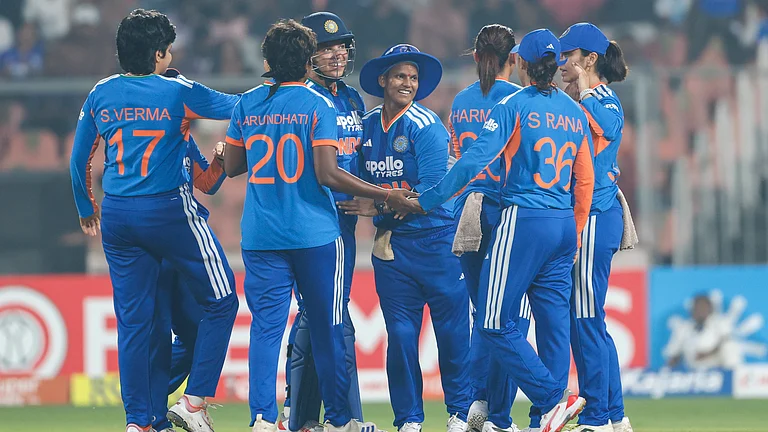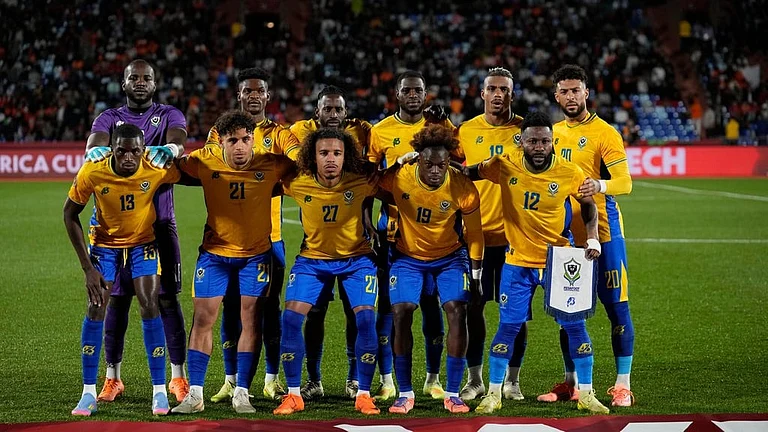Indus waters talks are set to resume in Lahore on March 19-20. After the months of tension that followed the Uri militant attack in Jammu & Kashmir last year, any bilateral dialogue is cause for optimism. But how relieved should we feel?
The talks are not a political dialogue. Instead, it is between India and Pakistan’s members of the Permanent Indus Commission (PIC). The Indus Waters Treaty of 1960 created this body to ensure that both governments adhere to the treaty’s terms.
The PIC has resolved numerous issues, including ones with potential to escalate into serious tensions. In 1969, for instance, its joint inspection of Indian defensive ditches in Punjab allayed Pakistani fears that they were designed to flood Pakistani territory. When the PIC cannot mediate effectively, external dispute resolution is sought—as was done recently over the Baglihar Dam and Kishenganga Project.
The Indus Waters Treaty is rightly celebrated for its durability, and its role in preventing an escalation of bilateral tension. Yet it failed to resolve key issues. The treaty negotiations were supposed to focus on engineering, eschewing politics: this was the aim of the World Bank, which first offered to facilitate technical talks in 1951. According to David E. Lilienthal, who first suggested that the World Bank should become involved, “The whole Indus system must be developed as a unit—designed, built and operated as a unit”. He contrasted the naturally-defined wholeness of the river basin with the artificial national border created by Partition, “a politico-religious INStrument [which] fell like an axe” across Punjab.
But when Indian and Pakistani delegations met, it became clear that negotiators could not agree on plans for canal-digging and dam-building without discussing who had a better moral claim on the water. Both made compelling cases.
The negotiations sought to allocate river-waters efficiently and fairly across the Indus basin, but even defining the basin’s geography was no simple matter. The Indian team insisted that Rajasthan was a natural part of it. Indian engineers started work on the Indira Gandhi Canal, diverting Sutlej water southwards to the desert. Pakistan objected that none of the system’s rivers ran through Rajasthani territory, and so Rajasthan had no water rights.
Eventually, a huge injection of foreign funding (approximately $7 billion in today’s valuation) via the Indus Basin Development Fund, persuaded Pakistan’s leaders to agree to India’s complete diversion of waters from the eastern rivers—the Sutlej, Ravi and Beas. The fund provided for a series of canals to link Pakistan’s existing canal colonies to the Indus, Jhelum and Chenab, eliminating dependence on the eastern rivers.
At the time, the Indian and Pakistani leaderships had compelling reasons to find a settlement. Nehru needed to free up river waters and finance to support his five-year plans, while Pakistan’s military dictator, Mohammad Ayub Khan, was selling his rule at home and overseas as a development regime.
The treaty represented a political compromise, even though its clauses discussed only dams, canals and water allocations. But that compromise was fragile, and the treaty left the fundamental differences over water-use unresolved.
The water dispute also had—and has—a close connection to Kashmir. Many commentators have speculated that the real focus of the water dispute was control of Kashmir, or that the fight over Kashmir was driven by competition to control the headwaters of the Indus, Chenab and Jhelum. The two disputes have been impossible to separate. Kashmir’s water was a matter of sovereignty—for both sides. Pakistani politicians and press insisted that Kashmir was a natural part of West Pakistan. Liaquat Ali Khan wrote in 1949 that the Indus, Jhelum and Chenab “link Kashmir indissolubly with Pakistan. Nature has, so to speak, fashioned them together”.
Indian legislators, meanwhile, worried that Pakistan’s construction of the Mangal Dam at Mirpur infringed Indian sovereignty. MP D.A. Mirza angrily told Nehru in 1957 that the dam was an act of aggression, and that India should meet like with like.
The Indus Waters Treaty sidestepped Kashmir by asserting that rights over river water did not equal territorial rights in Kashmir. Satisfied that they were not giving away their rival claims on the state, Nehru and Ayub could sign the treaty. But the continuing legacy of those unresolved claims has been visible in several wars and decades of tension.
Next week’s talks, then, are a necessary part of any peaceful Indo-Pak ties. History shows, however, that a bold new political compromise could be necessary to build better cooperation in the Indus Basin.
(The author teaches at the University of Bristol. His latest book is Indus Divided: India, Pakistan and the River Basin Dispute)





















